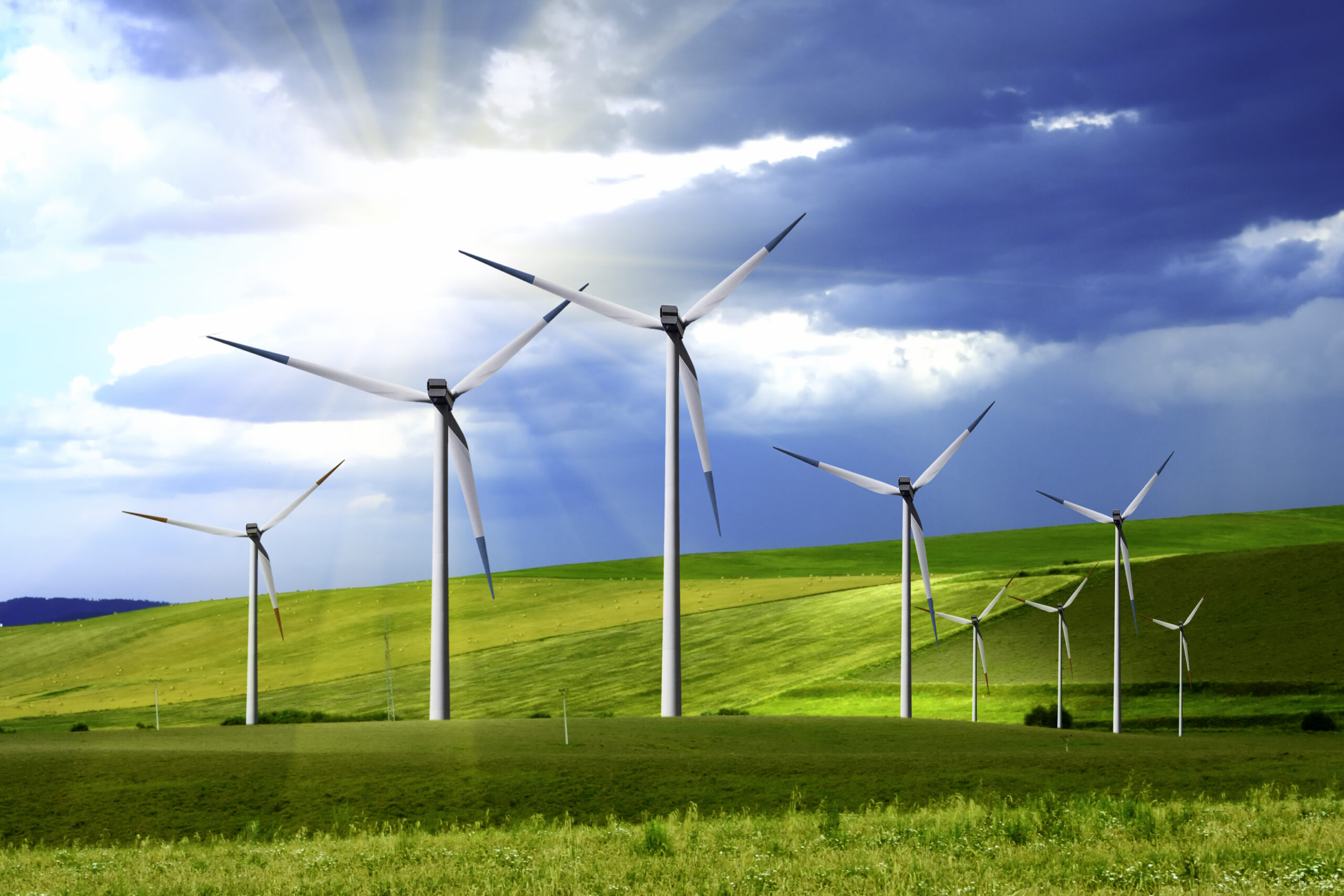Green Energy Gets its Day in the Sun
Posted on March 26, 2021

When I first entered this industry, environmental investing began grabbing headlines; but in retrospect, the movement was acutely over-promoted and underdelivered. Companies that operated landfills, processed recyclables, or incinerated waste were deemed environmentally friendly by the standards of the time (not so today). Later, solar power and ethanol companies attracted capital, but those industries’ tough economics and ongoing losses deterred all but the most loyal and idealistic investors. Nuclear power went through the same cycles, as did wind power, desalination, and hydroelectric. Past financial results of this high-growth industry, unfortunately, did not keep up with bread-and-butter stock indices, and sometimes couldn’t keep pace with their common nemesis, the oil industry.
The election of President Biden has thrust the Green Energy platform front and center again, this time giving strong political backing to an industry that on its own was on the cusp of providing appealing economics. Funds and ETFs tracking clean energy companies generally surged after the November election, and remain well ahead of the S&P500 on the heels of the Administration’s proposals to direct $2 trillion in investment and tax credits toward the industry and to push the U.S. to be “carbon neutral” (no more net emissions within our borders) within 30 years.
The lofty goals notwithstanding, the size and potential growth of the alternative energy field warrant serious attention by portfolio managers today. Industry economics have vastly improved (input costs have fallen; thus, more winners and fewer losers), capital is plentiful, Washington clearly sides with the industry, and the public desires to see favorable results. With or without political instigation, green energy is rapidly gaining market share. The International Energy Association (IEA) estimates that through 2025, 95% of all new power generating capacity brought online across the world will use renewable sources.
The pressures on non-green companies to become carbon-free, “net-zero” firms are likewise accelerating, which will force executives to respond. Activist shareholders want to see quantifiable proof of each company’s progress – though many of their demands have failed in proxy voting. And regulators and accounting boards are debating how public companies can quantify the long-term effects of environmental costs and climate change on their balance sheets.
Today’s green energy offerings span such a gamut that we believe there will be strong opportunities for investors who can absorb the risks and yet want to avoid the most capital intensive, highly cyclical sectors. In addition to traditional alternative industries such as solar, wind or hydroelectric, investors can explore a number of nascent industries that fit the goal of helping reduce carbon consumption on the margin, such as electric vehicles and fleets, auto electronics, battery and fuel cell manufacturing, organic groceries, biomass (generating electricity from plant material), data storage, recycled building materials, rare earth metals mining, “smart building” systems, and “smart grid” infrastructure. These “picks and shovels” sectors seem most promising to us, and several Trust Company portfolio holdings already have acquired promising niche businesses in these fields. Several other companies already are on our radar screen for potential future investment.
Our view of the Green Energy industry has been more practical and “wait-and-see” than passionate, a tested strategy that has saved us from committing unforced errors in emerging fields like this. Eliminating costs and wastes from business processes should come naturally to executives of publicly traded companies – they should strive to improve efficiency as if they were breathing air. Seen in that context, “going green” and being carbon-neutral is just an extension of decades-old attempts to reduce both input costs (in this case, energy), and waste by-products thrown off by their facilities. With the costs of green energy rapidly falling in recent years, the managements we follow should naturally be more open to upgrading facilities and putting in place energy-saving systems to boost long-term cash flows. The economic benefits of such efforts will produce, of course, political and social benefits to companies too.
Timothy P. Vick
Director of Research
LEGAL, INVESTMENT AND TAX NOTICE: This information is not intended to be and should not be treated as legal advice, investment advice or tax advice. Readers, including professionals, should under no circumstances rely upon this information as a substitute for their own research or for obtaining specific legal or tax advice from their own counsel. Not FDIC Insured | No Guarantee | May Lose Value
IRS CIRCULAR 230 NOTICE: To the extent that this message or any attachment concerns tax matters, it is not intended to be used and cannot be used by a taxpayer for the purpose of avoiding penalties that may be imposed by law.